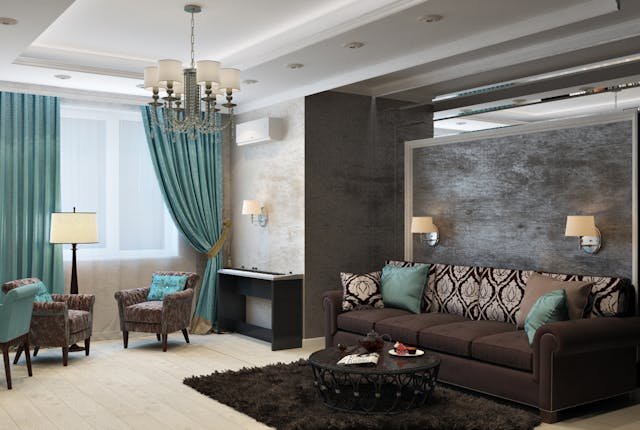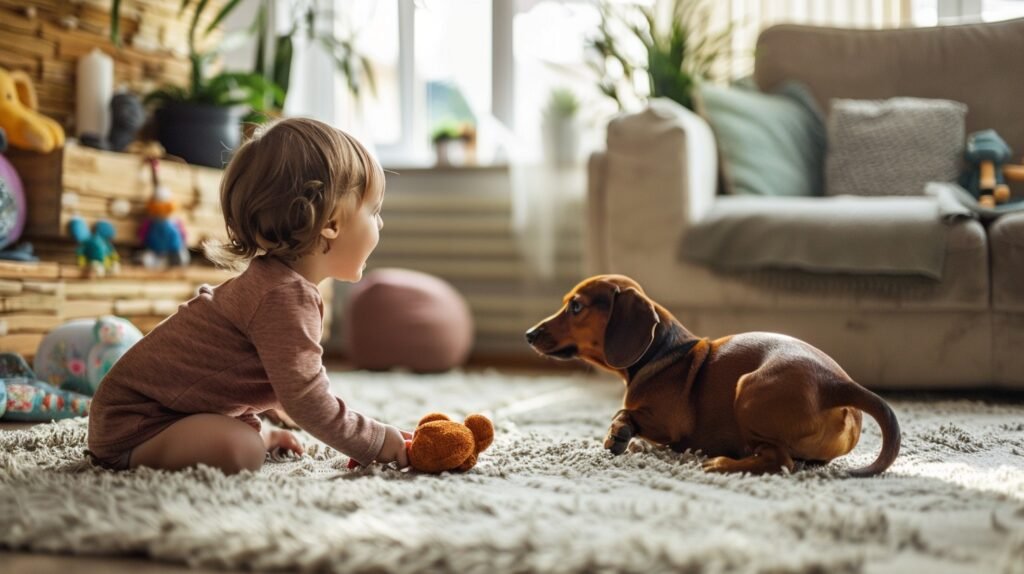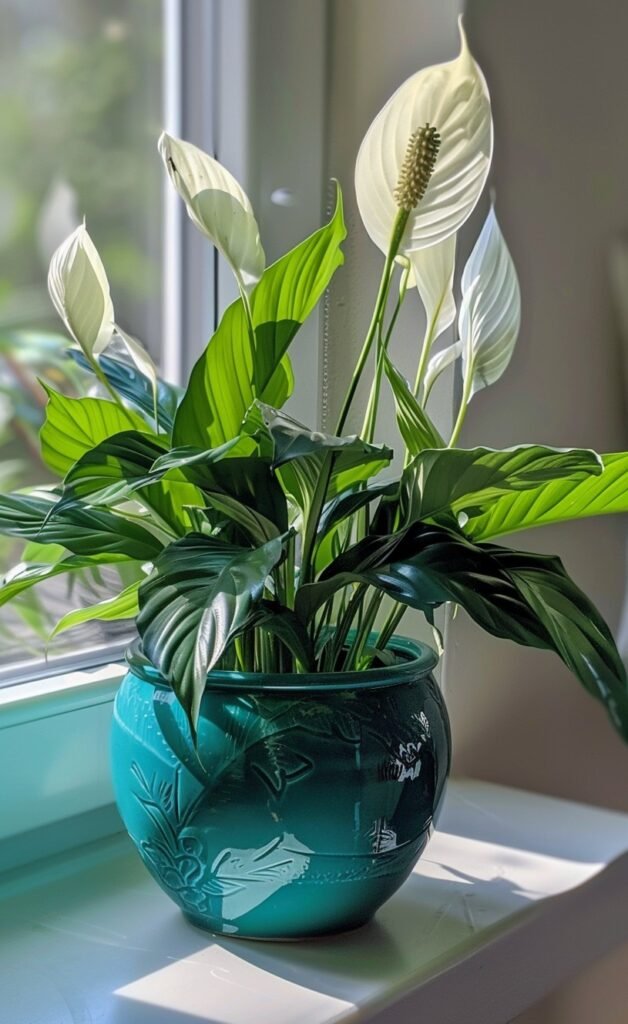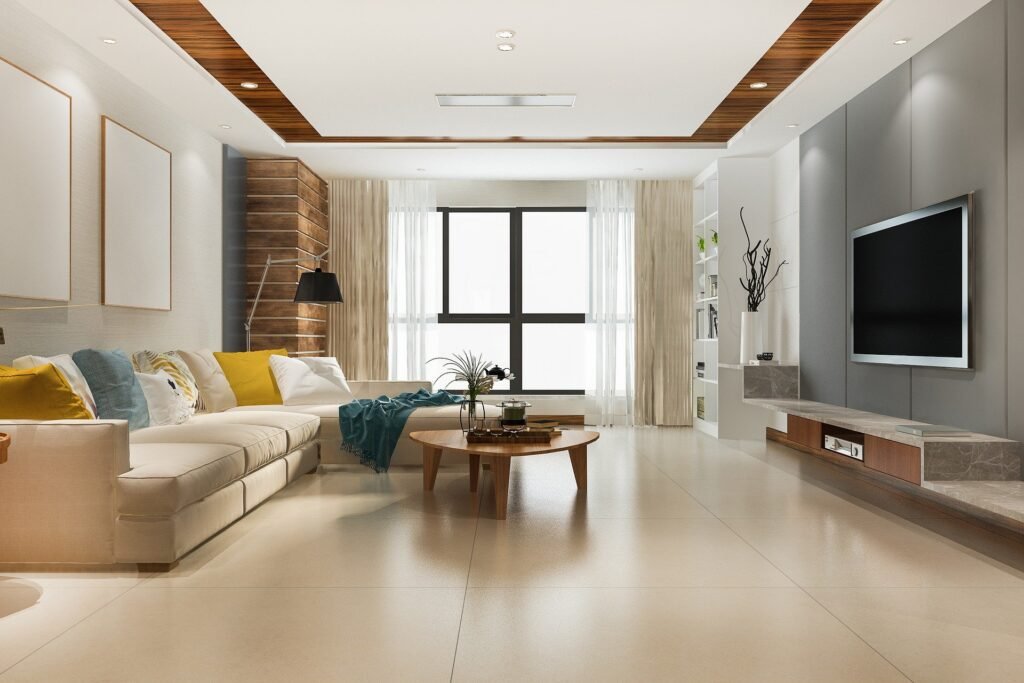Creating a home that feels inviting and uniquely yours is all about finding balance, especially when it comes to mixing patterns. As an interior designer, I’ve often seen how the right blend of prints and textures can transform a room, adding depth and personality to your space. Whether you’re just starting to experiment or you’re ready to dive into bolder choices, here’s how to mix patterns with confidence and flair. Understanding the Basics of Pattern Mixing Mixing patterns might seem overwhelming at first, but it’s all about creating harmony. Start with a color palette that unifies your various patterns. A consistent color scheme allows even the most diverse patterns to feel connected. For example, a soft, neutral palette might tie together floral curtains, a striped rug, and geometric throw pillows. The key is ensuring that each pattern shares a few colors, so your space looks cohesive rather than chaotic. Another important factor is scale. Playing with the size of your patterns can bring a room to life. Think about pairing a large floral design with smaller stripes or dots—this creates visual flow without one element overpowering the other. In my own home, I’ve mixed oversized geometric patterns with delicate florals, balancing the bold and the subtle. You can try this too, remembering that scale is what makes each piece stand out in harmony. Contrast adds an extra layer of depth to your design. Combining contrasting patterns like plaids and polka dots, or stripes and florals, can give a space energy and character. The trick is to choose one dominant pattern to anchor the room. Let it take center stage, while other, smaller patterns complement it. This balance keeps your space looking intentional and sophisticated, rather than busy. Choosing the Right Patterns for Your Space Patterns can completely change the mood of a room. When picking patterns, think about what each one brings to the space. Florals, for instance, are soft and comforting. They work beautifully in spaces like bedrooms or living rooms, where you want a calm, welcoming vibe. Consider layering a floral sofa with solid-colored cushions or introducing floral throw blankets for a balanced look. Geometric patterns are bold and modern. These patterns can add structure to a space, making it feel dynamic. I love using geometric prints in smaller rooms, as they give a sense of depth. Geometric rugs, for instance, can turn a simple living room into something more visually exciting. Be sure to choose patterns that complement the lighting and dimensions of your room—lighter tones can help reflect light and make the room feel larger. Stripes are incredibly versatile. Horizontal stripes can make a room feel wider, while vertical stripes add height. Pairing striped cushions with a solid-colored sofa, for example, can give the room a sleek and polished look. Plaid patterns bring warmth and tradition to your home. Perfect for farmhouse or rustic interiors, plaid textiles like curtains or cushions create a cozy, timeless feel. When using plaid, consistency is key—stick to one color palette to avoid visual overload. For plaid options, explore Amazon for rustic-style cushions or throws that suit your decor style. You’ll find plenty of lovely options on Amazon. Be sure to explore the thoughtfully curated products listed below, perfect for adding a touch of style and personality to your home, and find the perfect match for your color scheme! Boho Throw Blanket for Bed floral throw pillow on sofa geometric area rugs striped curtains home decor rustic plaid throw blanket Throw Pillow Cover Creating Balance: Mixing Different Patterns The secret to mixing patterns successfully lies in balance. One of the easiest ways to create balance is by sticking to a cohesive color palette. When I design, I often choose two or three core colors and weave them throughout the room using different patterns and textures. For example, pairing a large geometric rug with smaller floral cushions can be a stunning combination when they share complementary colors. This approach ensures the patterns enhance rather than compete with each other. Varying the scale of your patterns keeps the space from feeling too uniform. A large rug with bold patterns can anchor a room, while smaller, intricate designs like polka dots or tiny florals on throw pillows add charm and dimension. Think of it as layering—each element brings something unique without taking away from the rest. This technique helps the room feel dynamic yet balanced. Incorporating solid-colored elements is another great way to ground the design. Solid sofas, for instance, can act as a neutral canvas, letting your patterned accents shine without overwhelming the space. If you’re looking for a calm yet stylish environment, try mixing patterned cushions and blankets with a solid-colored couch. Personalizing Your Space with Patterns At the heart of any design is your own personal touch. Patterns are a wonderful way to express your personality and make your home feel truly yours. Maybe you have a love for travel—geometric patterns remind you of an inspiring trip—or floral prints bring back memories of a garden you once loved. By thoughtfully mixing patterns that speak to you, you can create a space that reflects your life and experiences. Start with textiles that have meaning to you. A patterned rug or throw blanket can hold memories and add a layer of comfort to your home. Wall art is another way to personalize your space through patterns—think about mixing prints, photographs, and abstract designs to tell your story. You can find unique patterned pieces on Amazon, making it easy to curate a collection that resonates with your style. Discover some inspiring patterned wall art ideas below to help you add a unique touch to your space with ease abstract wall art decor floral wall art in bedroom Living Room Flower Wall Art Remember, mixing patterns is an adventure in creativity. Don’t be afraid to try something new, test out different combinations, and adjust as you go. Your home is your canvas—let it reflect your personality, your memories, and your unique taste.









